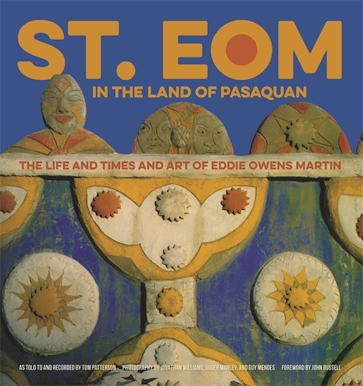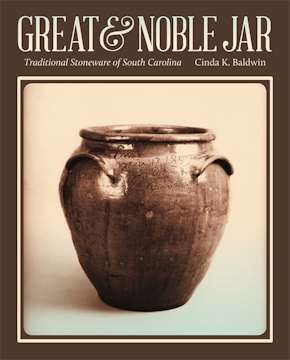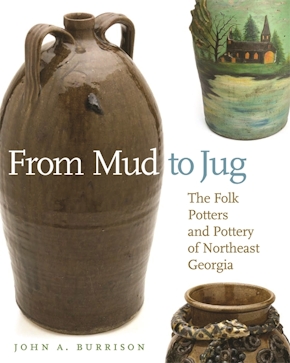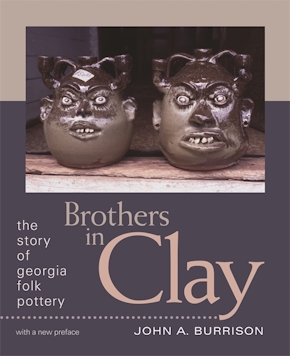St. EOM in the Land of Pasaquan
The Life and Times and Art of Eddie Owens Martin
Title Details
Pages: 280
Illustrations: 95 color and b&w photos
Trim size: 10.000in x 8.000in
Formats
Hardcover
Pub Date: 04/01/2018
ISBN: 9-780-8203-5209-1
List Price: $36.95
Subsidies and Partnerships
Published with the generous support of Friends Fund
Related Subjects
ARCHITECTURE / Buildings / Landmarks & Monuments
ART / Individual Artists / Monographs
BIOGRAPHY & AUTOBIOGRAPHY / Artists, Architects, Photographers
St. EOM in the Land of Pasaquan
The Life and Times and Art of Eddie Owens Martin
An illustrated history of an important visionary art environment
Skip to
- Description
- Reviews
- Awards
Self-taught Georgia artist Eddie Owens Martin (1908–86), known as St. EOM, created a visionary art site called Pasaquan in the mid-1950s in Marion County, Georgia. Covering seven acres, this evocative and fanciful site has captured the imaginations of thousands of visitors. Pasaquan includes six buildings connected by concrete walls, all of which are adorned with the artist’s vibrant, psychedelic folk art of bold, transfixing patterns, spiritual and tribal imagery, and exuberant depictions of nature.
According to St. EOM, his art arose from a vision he experienced in his mid-twenties, while suffering from a high fever. The first of many visionary experiences, it featured a godlike being who offered to be Martin’s spiritual guide. Subsequent visions inspired him to begin making art and, eventually, to create a spiritual compound dedicated to a peaceful future for humankind. St. EOM enlarged his house to twice its original size by adding a long rear section covered inside and out with his rainbow-hued murals, mandalas, and relief sculptures. On the grounds he built a series of structures including a circular dance platform, some small temples, several totems, and a two-story pagoda, all in his wildly ornamental style. He also created more than two thousand freestanding pieces, including paintings, sculptures, and drawings.
In the thirty years since St. EOM’s death, the Pasaquan Preservation Society worked to preserve the compound, which had fallen into neglect. In 2014 the Kohler Foundation and Columbus State University partnered with the society to restore the visionary art site for future generations. It is now listed on the National Register of Historic Places.
—Katherine Dieckmann, Village Voice Literary Supplement
—Randall Seth Morris, Paper
—Peter Schjeldahl, New York Times Book Review
—Mary Helen Frederick, Folk Art Messenger
—Lee Shearer, Athens Banner-Herald
Winner
25 Books All Georgians Should Read, Georgia Center for the Book



